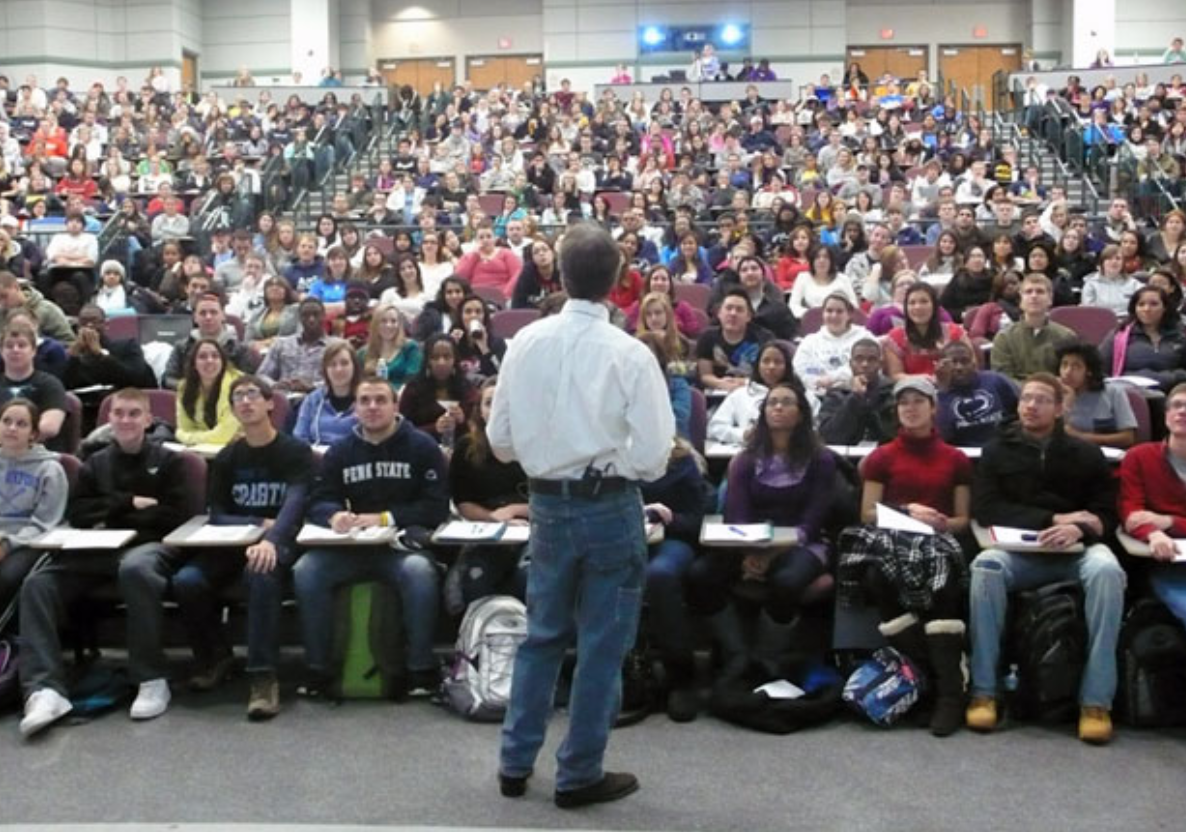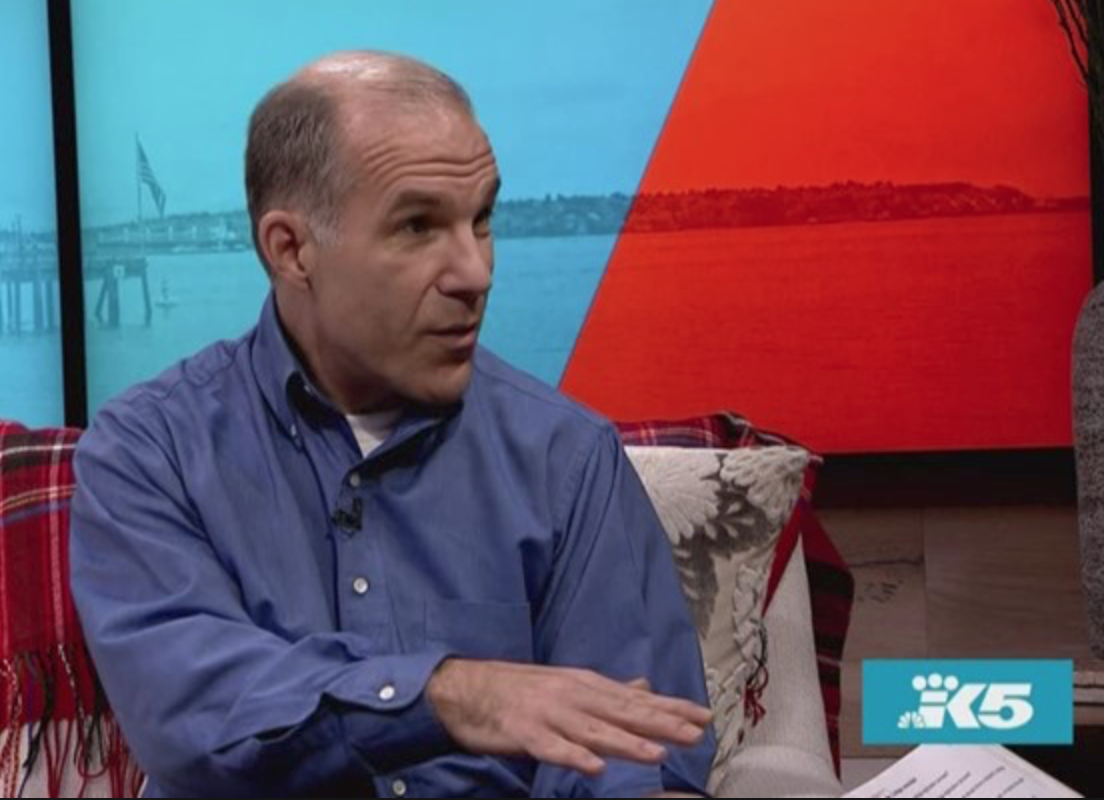As an educational planner I work with teens who are contemplating their next important academic and life step, college. We work diligently—sometimes for years—to identify the college experience they want and the types of programs and opportunities they hope to experience. Much of our time is spent qualifying important college attributes such as school size, location, programs, classes, and school culture. But there is one salient school attribute that we rarely discuss: professors, and the quality of their teaching.
Doesn’t that seem backwards?
First, there is a vast difference between professing and teaching. Most high school teachers—especially those who are Nationally Certified—have rigorously trained in and practiced practical pedagogy skills. Often, college professors have little or no training or background for effectively conveying information or how to authentically assesses a student’s understanding of information. This isn’t the fault of professors, most were hired because they are effective researchers, not teachers. High school students do not realize this…until they get to college. Shifting the responsibilities for understanding information from the teacher (in high school) to the student (in college) can be a shocking and unexpected revelation for many college freshman.
In addition to acquiring academic and practical experience, one would think—possibly even assume—that college professors must also have a background in cognitive development, teaching models and methodology, curriculum design, and even authentic evaluation with rubric/syllabus design. They have a position of great influence and power over the development and future paths of hundreds, if not thousands, of students. Surely, they have been trained in the craft of teaching and learning, right? This is actually quite rare. Ask any college student, especially those who attend large research universities. Some schools, however, have professors that are much more prepared to, and invested in, effectively sharing their expertise, experience, and understanding with students. This invaluable and important quality should be at least as valuable as the quality of the dorms and variety of cuisine, shouldn’t it?
I provide students and families with a “College Tour Tip Sheet,” that includes who to talk to and questions to ask. These questions are specifically developed to tease out the culture, rigor, and attributes of a school. However, I have recently added a few questions to my list for students and families to ask students on campus:
- How many of your classes are taught by professors, rather than assistants?
- How many of your professors have you spoken with personally?
- Do your professors appear to have an authentic interest in your education?
- How many professors do you think know your name?
- Do your professors actually care about you and your growth as an academic and person?
In many cases, professors are researchers first, and mold students’ minds second—sometimes, far second. Many talented and passionate researchers are pressed to lecture and may even resent having to spend time away from what they love. For that reason, lectures, preparation, and students’ learning and understanding are not a priority. And, at some schools, professors are not required to take vested interest in student academic success. However, this highly significant variable in student learning, understanding, growth, and progress is rarely discussed in the college identification and application process.
Although there are many resources for knowing tuition, financial aid metrics, numbers of campus clubs, and even school traditions, there are few reliable measures of professor effectiveness available to students searching for colleges to effectively prepare them for the world. While there are some reliable resources that accumulate and aggregate students’ evaluations of professors (e.g. Niche.com), these are first order approximations at best. In order to get real feedback about professors requires a real conversation with students. This is just one more important reason to tour college campuses and talk with end users (students) about the product (education) they are receiving.






